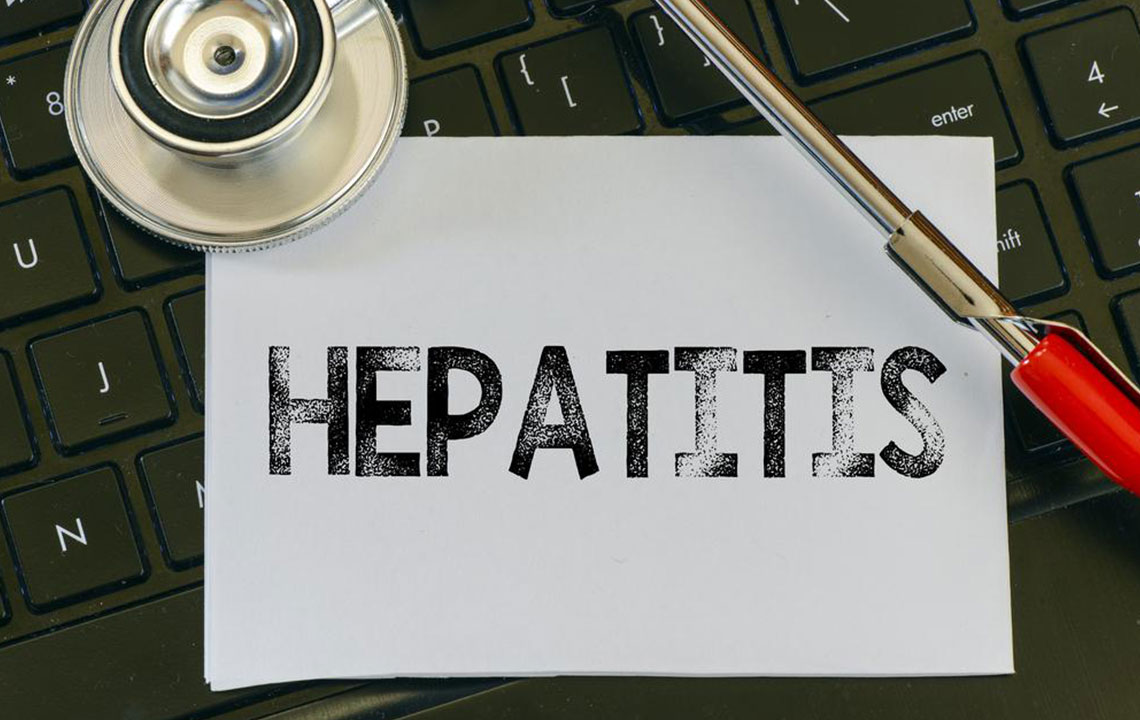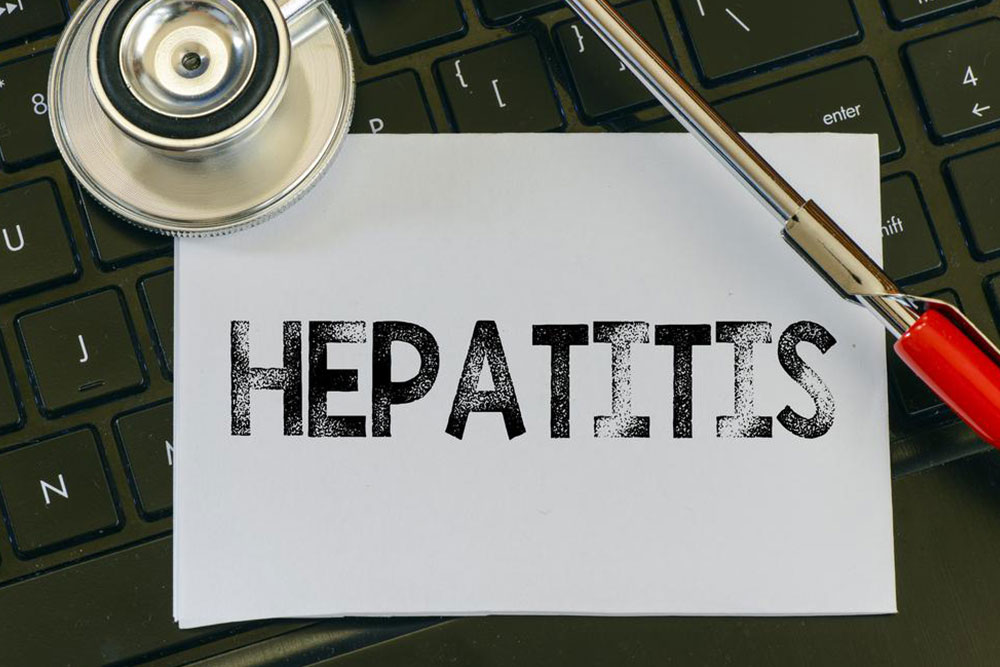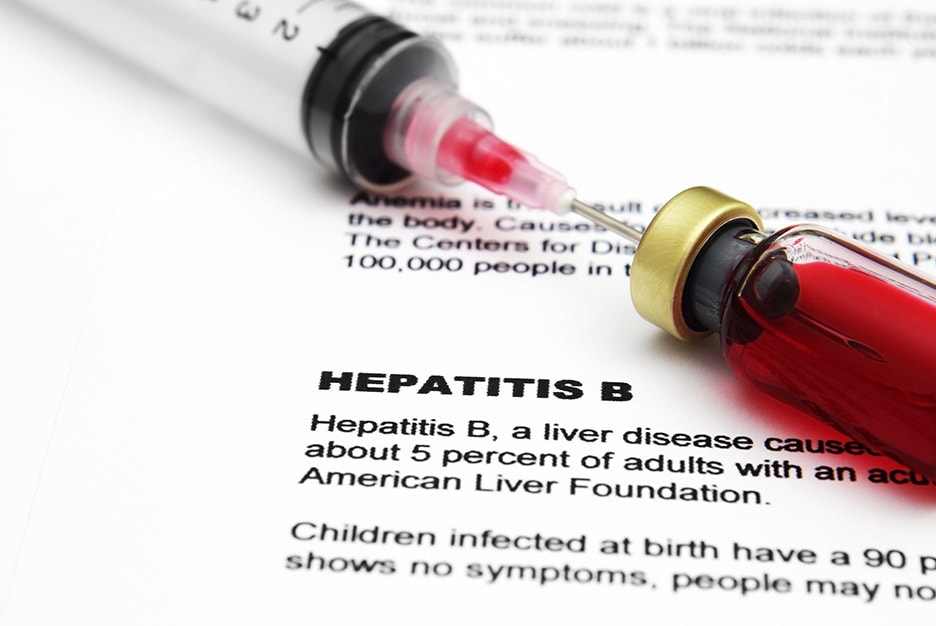Comprehensive Guide to Hepatitis A: Symptoms, Prevention, and Treatment
This comprehensive guide explores hepatitis A, covering its causes, symptoms, transmission methods, prevention strategies, and treatment options. Learn how vaccination and proper hygiene play critical roles in preventing this highly contagious liver infection that affects millions worldwide. Stay informed to protect yourself effectively.

Comprehensive Guide to Hepatitis A: Symptoms, Prevention, and Treatment
Hepatitis A is a highly infectious viral disease that primarily targets the liver, leading to inflammation and functional impairment. Understanding this disease, its transmission pathways, symptoms, preventive strategies, and treatment options is crucial for protecting yourself and loved ones. This detailed guide covers everything you need to know about Hepatitis A, including how it spreads, common signs and symptoms, effective prevention methods, and the importance of vaccination. With global cases on the rise, awareness and proactive measures are essential to curb the spread of this preventable illness.
What Is Hepatitis A?
Hepatitis A is caused by the hepatitis A virus (HAV), which is highly contagious. It primarily spreads through ingesting contaminated food or water. The virus is usually transmitted when an individual consumes food or beverages contaminated with microscopic amounts of infected fecal matter from an infected person. This contamination often occurs due to poor sanitation, inadequate handwashing, or contaminated water sources. The disease is prevalent worldwide, especially in regions with limited access to clean water and sanitation facilities.
How Does Hepatitis A Spread?
The transmission of hepatitis A occurs mainly through the fecal-oral route. Key sources include:
Eating contaminated food, such as raw vegetables or fruits grown with contaminated water.
Consuming raw or undercooked shellfish harvested from polluted waters.
Contact with an infected person, particularly through close personal contact or sexual activity involving fecal matter.
Ingestion of contaminated water, especially in areas with poor sanitation infrastructure.
The virus can survive outside the body for several hours to days in the environment, making contamination of surfaces and water a significant concern.
Signs and Symptoms of Hepatitis A
The incubation period for hepatitis A typically ranges from 15 to 50 days after exposure. Symptoms can vary from mild to severe and often include:
Jaundice (yellowing of the skin and eyes)
Fatigue and malaise
Loss of appetite
Nausea and vomiting
Abdominal discomfort or pain, particularly in the right upper quadrant
Fever
Dark urine and pale stools
Diarrhea or constipation
While many people recover fully without lasting health issues, some may experience prolonged jaundice or other complications, especially in vulnerable populations like the elderly or those with pre-existing liver conditions.
Diagnosis and Medical Evaluation
Diagnosing hepatitis A involves blood tests to detect specific antibodies: anti-HAV IgM indicates recent infection, while anti-HAV IgG suggests past exposure or immunity. If you develop symptoms consistent with hepatitis A, seek immediate medical attention for proper diagnosis and management. Laboratory tests, along with clinical evaluation, help determine the appropriate course of treatment.
Prevention Strategies for Hepatitis A
Prevention remains the most effective way to combat hepatitis A. Key measures include:
Vaccination: The hepatitis A vaccine is safe, effective, and widely recommended, especially for travelers to endemic areas, healthcare workers, and individuals with risk factors.
Personal Hygiene: Frequent handwashing with soap and water, especially after using the bathroom, changing diapers, and before preparing or eating food.
Safe Food Practices: Avoid unwashed produce, raw shellfish, and food from untrusted sources. Always wash fruits and vegetables thoroughly.
Water Safety: Drink bottled or boiled water in areas with questionable sanitation. Avoid swallowing water from pools, lakes, or other bodies during travel.
Sanitation Improvements: Support community sanitation initiatives to reduce environmental contamination and limit virus spread.
Implementing these measures significantly reduces the risk of infection and helps contain outbreaks.
What to Do if You Suspect Infection
If you experience symptoms like jaundice, fatigue, or gastrointestinal upset after potential exposure, consult a healthcare provider promptly. Diagnosis through blood tests can confirm hepatitis A, and supportive care is typically the primary treatment, as there is no specific antiviral therapy for the virus. Rest, hydration, and a healthy diet are crucial during recovery.
Vaccination and Public Health Initiatives
Mass immunization campaigns have played a vital role in controlling hepatitis A worldwide. Vaccination pairs with improved sanitation and hygiene practices to drastically reduce incidence rates, especially in developing regions. Global health organizations continue to promote access to vaccines and clean water to prevent future outbreaks.
In conclusion, hepatitis A is a preventable disease that poses significant health risks, especially in areas with poor sanitation. By understanding how it spreads, recognizing symptoms early, practicing good hygiene, and getting vaccinated, individuals can protect themselves and their communities from infection. Awareness and proactive health measures are key to eliminating hepatitis A as a public health threat.





